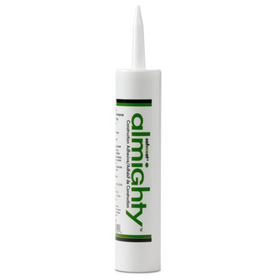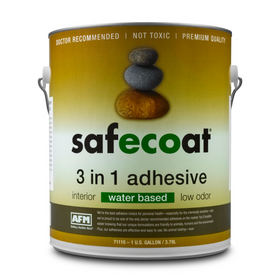
A Pittsburgh Couple Build Their Personalized, High-Performance Home
Last Updated: Mar 20, 2025As a founder of TruTechTools, Bill Spohn sells quality-testing instruments for HVAC and home performance to contractors, as well as indoor-air-quality products to consumers. Spohn and his team also educate people on how to properly use those tools and products through webinars and conferences "to succeed in fulfilling the company's vision," he adds, which is that everyone can "live and work in comfortable, healthy, and energy-efficient homes and buildings."
Table of Contents
- Why Modular?
- A Personalized, High-Performance Home
- Building a Forever Home

So, it was only a matter of time before Spohn and his wife Marilyn decided to "walk the talk" and build their own sustainable forever home. As children of Depression-era parents, they grew up with an understanding of economic hardship. They learned how to work hard and save. They were also reminded to respect and wisely use the earth's natural resources. By the time he left college, Spohn knew he'd be working in an energy-related profession.
In 2019, the couple began planning their new 4,480-square-foot home on three acres just outside of Pittsburgh. In November 2020, they moved into their solar-powered, net-zero, modular home. Spohn writes about the design and construction processes on his blog, Spohn Home, to encourage like-minded folks to follow into his journey. The blog posts, he writes, intend to provide readers with insights and inspiration for making the changes necessary to combat climate change as we continue to build and operate homes.

Why Modular?
Prefabricated modular houses are built in a factory, then delivered to the building site for assembly. The factory-built modules can be end-to-end, side-by-side, stacked, or any combination based on the design. The modules are tied together with inter-connections that keep the sections in place.

"Modular was immediately appealing because it's factory-made, and all of the materials are inside and protected during construction, which is great for future durability," Spohn says. He also liked that the same crew worked on the modules every day, that the process is efficient with minimal waste, and includes ongoing quality control. Using laser alignment to keep things square for easy assembly, Spohn adds, the crew worked on the modules "from all six sides, from inside and out, and underneath and on top," for rapid, thorough, and well-integrated construction.

EcoCraft Homes in Pittsburgh and Structural Modulars, Inc., in western Pennsylvania, collaborated on the four modules for the Spohn home. "Those two companies have worked together for 15 years," Spohn says. "The boxes were built from the inside walls out, which is an important factor in home performance when it comes to airtightness," Spohn says.

Still, many of their priorities were "passive-leaning," including super-tight construction with minimal air changes with the outside; Passive House-rated windows; insulation higher than code; a high-efficiency HVAC system; and minimal thermal bridging.
Their priorities also included good control of temperature and humidity, excellent indoor air quality, low or no VOCs, low energy consumption, and an all-electric home powered by solar power. So, they decided they'd call their new house a "personalized performance home."

The Spohns' three-bedroom, 2.5-bath home has a conditioning ERV system with sensors that tell it when to run. "When the C02 or VOCs go beyond the parameters we set, the system begins to ventilate," Spohn explains. "It also has a 1/3-ton heat pump to condition the ventilation stream using energy in the air of the exhaust stream."

South-facing windows allow for solar gain in the winter, while sunshades and motorized blinds keep the sun out in the summer. The Passive House windows, provided by a local vendor, are triple-pane and argon-filled and tuned to a U value averaging about 0.15 and SHGC values between 0.39 to 0.42 to get more gain in the winter. The 8 X 9 patio door is also Passive House certified. Low-VOC finishes were used throughout the interior.

Building a Forever Home
The Spohn home is just 15 miles from downtown Pittsburgh, but "we have two neighbors with horses and one who has 100 Alpine and Nubian goats and makes artisan goat cheese," Spohn says. "We love it."

They made sure the house would accommodate them as they age. When the time comes, they can live on the first floor, which has a bedroom, a zero-entry shower, ADA-wide doorways, and pocket doors. With ample room for their kids and grandkids to visit, the Spohns have settled into their high-performance forever home.
Camille LeFevre
Camille LeFevre is an architecture and design writer based in the Twin Cities.
















